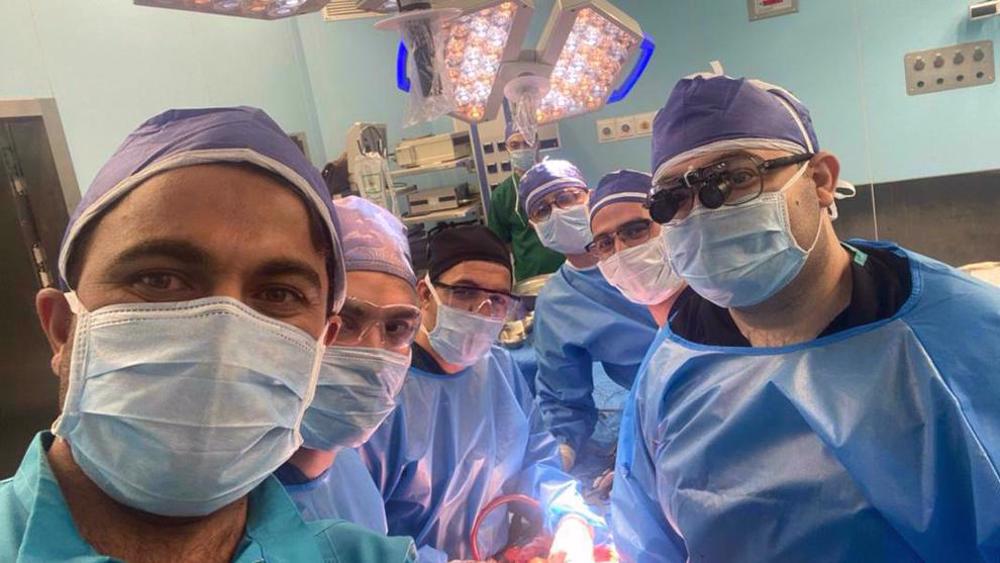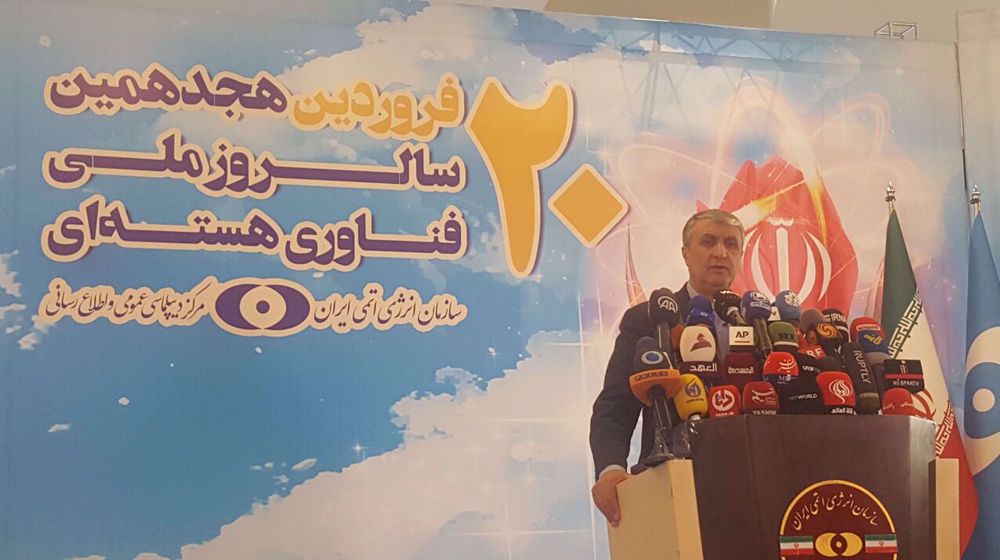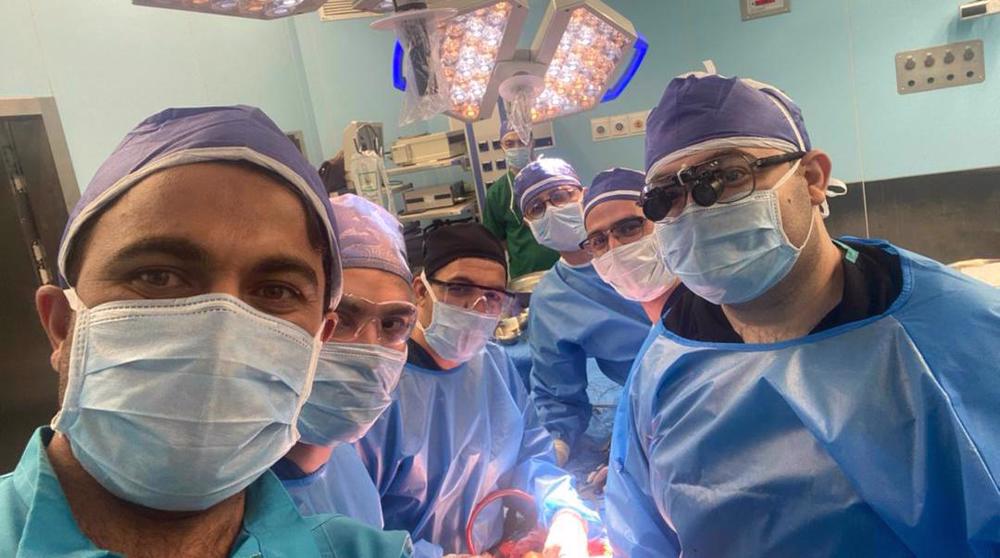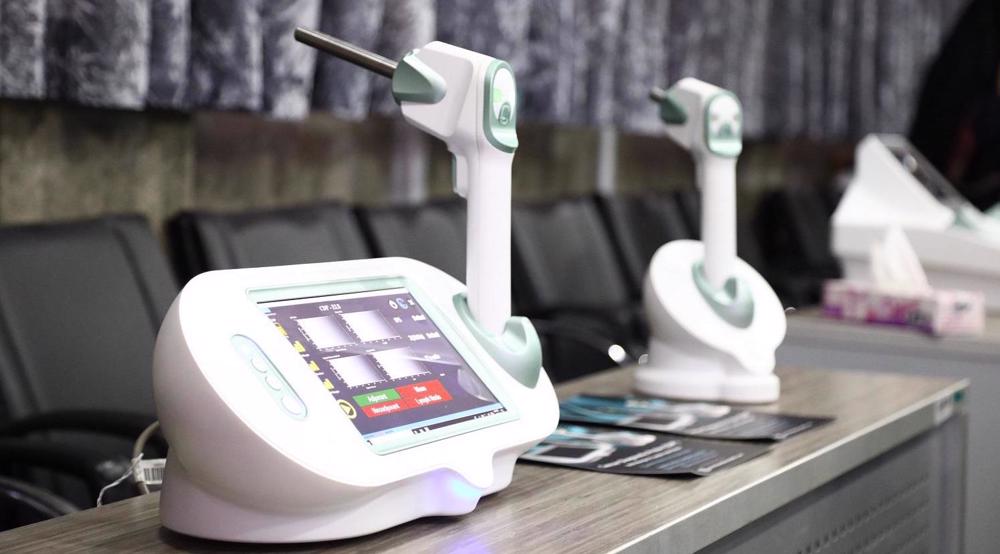Exclusive: In a first, Iranian surgeons reattach man's head to neck successfully
By Maryam Qarezgozlou
In an extremely rare and complicated surgical procedure, a team of Iranian surgeons successfully managed to reattach a young patient’s head to his neck after he suffered a severe and life-threatening trauma earlier this month.
Dr. Sam Zeraatian-Nejad Davani, Assistant Professor of Cardiovascular Surgery at Iran University of Medical Sciences (IUMS), who led the team, said the 28-year-old patient has been discharged from the hospital and shows no neurological or motor deficiencies.
“This means the patient is able to walk and talk normally and did not suffer any complications or any side effects associated with the surgery,” Dr. Davani told the Press TV website in an exclusive interview.
“The surgery was performed for the first time in Iran as far as I know, according to the scientific articles written on the subject,” he hastened to add.
Surgeons in other countries have attempted such high-risk surgeries at least three times, he said, but while the patients survived, they reported neurological defects or sensory or motor dysfunctions.
“Our patient’s neck was completely transected. However, the spinal cord was not injured and carried signals between the brain and the body,” Dr. Davani remarked.
Nonetheless, he said, all components of the neck including the trachea, the esophagus as well as carotid artery that supplies blood into the brain subclavian artery were cut due to a stab wound.
In conversation with the Press TV website, Dr. Davani explained that the severe trauma had caused massive bleeding and the transection of all blood-supplying vessels to the brain, which made the surgery even more “challenging” and “demanding.”
“The technical aspects of the surgery and the timing were of great importance to avoid brain ischemia,” he asserted, pointing to the high-risk factor associated with the surgery.
When there is not enough blood flow to the brain to meet its metabolic demand the supply of oxygen to the brain will drop which leads to brain ischemia.
The impaired and disrupted blood flow to the brain eventually results in the death of brain tissue.
“To prevent the risks associated with brain ischemia, we used plastic tubes to transfer blood from where the vessels were ruptured to the brain to keep it safe from any damage,” Dr. Davani said.
He hastened to add that his team then surgically connected the trachea, as well as jugular veins and esophagus, “and then the neck was completely re-implanted.”
According to Dr. Davani, no cardiopulmonary bypass (CPB) or extracorporeal membrane oxygenation (ECMO) was used during the surgical procedure to replace the function of the heart.
“We are going to publish the case report in an international journal of transplantation in the near future,” he told the Press TV website, commending his young team for pulling it off successfully.
This is not the first time that Dr. Davani and his team have accomplished such a rare surgical feat.
In February, he told the Press TV website that his team successfully transplanted organs from three completely dead donors for the first time in the world.
Dr. Davani said at the time that all recipients were healthy.
According to Dr. Davani, this technique along with other types of organ donations can increase the number of available organs by 20-30 percent for patients on the waiting list whose lives hang on a thread.
It is worth noting that the Islamic Republic of Iran has made rapid strides in the field of science and technology in recent years in the face of Western sanctions, accomplishing many rare feats.
Earlier this month Heidar Mohammadi, the head of the Food and Drug Administration, said exports of medicine and medical equipment in the first four months of the current Iranian calendar year (which began on March 21) surged by 300 percent.
The official stated that 99 percent of the pharmaceutical products supplied to the local market are domestically produced by Iranian companies, with no need to import them from outside.
Iranian medical universities have also improved their standing among the world's top universities.
The CWTS Leiden Ranking 2023, offering insights into the scientific performance of over 1400 major universities worldwide, included 12 Iranian universities of medical sciences in its recent rankings.
In the 2023 Times Higher Education Young University Rankings, five Iranian universities of medical sciences featured among the top 100 universities worldwide.
VIDEO | What are the contours of Gaza truce deal accepted by Hamas?
VIDEO | Iran Expo 2024
VIDEO | Hamas announces new ceasefire
VIDEO | Yemen’s 4th phase in solidarity with Palestinians
VIDEO | UN’s 2024 blacklist report of child-killers
VIDEO | Israel’s imminent Rafah invasion: Another bloodshed?
US police gets billions more to crush movement against imperialism, Zionism
Iran universities open doors to Western students expelled over pro-Gaza demos














 This makes it easy to access the Press TV website
This makes it easy to access the Press TV website